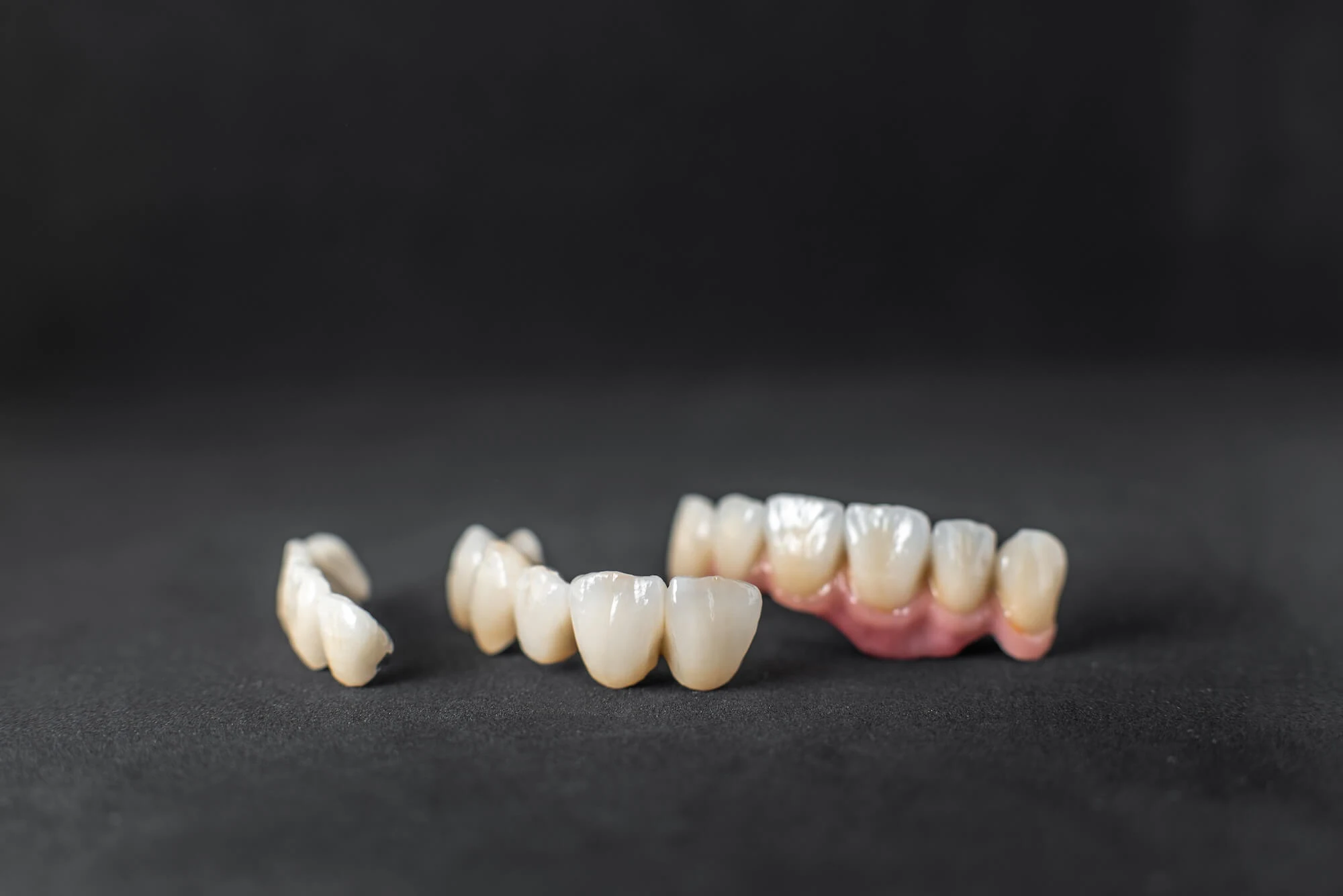12 Feb Everything You Need to Know About Dental Bridges
Dental bridges are a popular and practical solution for restoring missing teeth. They help bring back your confident smile, improve oral health, and allow you to enjoy daily activities like eating and speaking without discomfort. If you’re considering this option, it’s important to understand what to expect.
In this blog, we’ll guide you through everything you need to know, from the basics to the procedure and care tips. Let’s get started!

What is a Dental Bridge?
A dental bridge can replace missing teeth if you have one or various. It works by “bridging” the gap left behind by the missing teeth. The bridge usually consists of artificial teeth (called pontics) and supporting crowns anchored to your natural teeth or dental implants.
They restore not just your smile but also functionality. If you’re struggling with chewing or speaking due to a missing tooth, a dental bridge can help you regain normal function and boost your self-esteem.
How Does the Dental Bridge Procedure Work?
The dental bridge procedure is straightforward and typically completed in two or three visits. Here’s what you can expect:
- First Visit: Your dentist will prepare the teeth on either side of the gap by shaping them to fit the crowns. Impressions are taken to guarantee a perfect fit, and a temporary bridge may be placed to protect your teeth.
- Customization: The impressions are sent to a dental lab, where they create your custom bridge using materials that match your natural teeth.
- Second Visit: Once ready, your dentist will check the bridge’s fit and adjust it as needed. It is then permanently cemented in place to complete the procedure.
The process is efficient, and many patients appreciate the quick results compared to other dental solutions.
Dental Bridge Benefits
Opting for a dental bridge offers several advantages. Here are some of the benefits you can experience:
- Improved Appearance: A well-made dental bridge looks natural and restores the appearance of your smile.
- Better Functionality: It helps you chew and speak more comfortably without gaps causing difficulty.
- Prevents Dental Issues: Filling the space created by a missing tooth helps keep your remaining teeth from shifting out of alignment, preserving your bite.
Boosted Confidence: A restored smile can improve your confidence and make you feel more at ease in social situations.
Types of Dental Bridges
Did you know there are different types of dental bridges? Each type can suit various needs. These include:
- Traditional Bridge: This is the most common type, using crowns on either side of the gap to hold the artificial tooth or teeth in place.
- Cantilever Bridge: This type is used when there’s only one tooth next to the gap.
- Maryland Bridge: It uses a metal or porcelain framework bonded to the back of adjacent teeth for support, avoiding additional work on those teeth.
Implant-Supported Bridge: Instead of relying on natural teeth, implants support the bridge, making it stable and durable.
Maintaining Your Dental Bridge
Caring for your dental bridge is simple and similar to caring for natural teeth. Regular brushing, flossing, and dental check-ups are essential. Pay extra attention to cleaning under the bridge to prevent plaque buildup and gum issues.
Your dentist may also recommend special floss or cleaning tools to ensure thorough care. With proper maintenance, it can last 10–15 years or longer.
Restore Your Smile With Drs. Jin & Jin Family Dentistry
Your smile is important to who you are, and you deserve to feel proud of it. Missing teeth can make it hard to eat, speak, or even smile with confidence, leaving you frustrated and held back.But no one deserves to feel like their smile is less than it should be.
At Drs. Jin & Jin Family Dentistry, we understand how vital it is to find a reliable and effective solution for missing teeth. We’re here to guide you every step of the way with compassionate care and expert advice. Schedule a consultation today to explore how a dental bridge can work for you.
